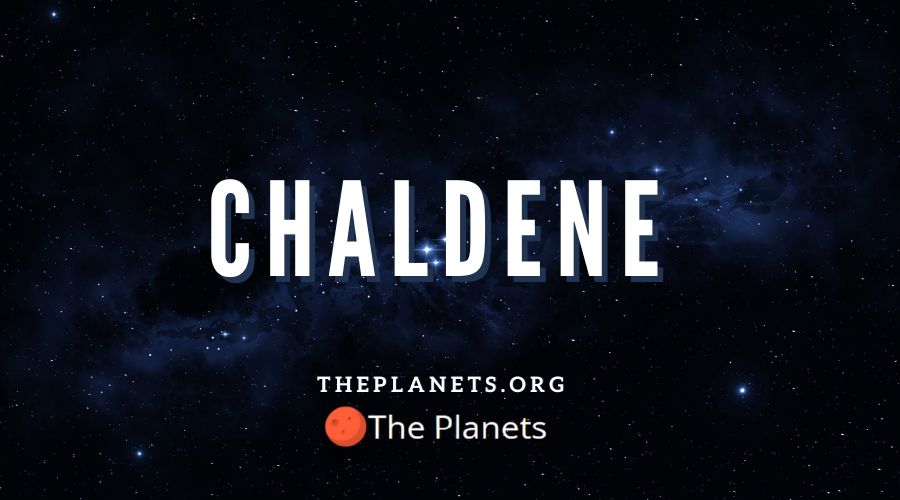
The Discovery Of Chaldene
Chaldene was discovered on November 23, 2000 by a group of astronomers including: Scott Sander Sheppard, David C. Jewitt, Yange R. Fernandez and Eugene Magnier. It was first discovered at an observatory on the Hawaiian island Mauna Kea.
The Origins Of Chaldene
Chaldene, as with the other 21 known moons in the Carme group, is thought to have originated from a type D asteroid that broke into many different pieces after a collision. This apparent collision may have occurred before or after the asteroid was pulled into Jupiter’s gravity.
All of the moons in the Carme group have retrograde orbits. This means that they rotate in the opposite direction of their parent planet, Jupiter. This is one of the largest evidences to support the theory that all of these natural satellites originally came from one asteroid. Another evidence to suggest this theory is the similarity in appearance among all of the Carme moons. With the exception of Kalyke, which is dark red in color, all of the moons in the Carme group are light red.
The Naming Of Chaldene
Sometimes also referred to as JXXI or S/2000 J10, this moon got the name Chaldene from Greek mythology. In the stories, Zeus names Chaldene after the mother of Solymos. Zeus is the Greek equivalent of the Roman god known as Jupiter.
As with all of the outer retrograde moons, this moon was given a name ending in E in keeping with the policy established by International Astronomical Union.
Characteristics Of Chaldene
As with most of the other moons in the Carme group, Chaldene is light red in color. The moons in this group, including Chaldene, are also irregular in shape, rather than spherical. This is because these outer retrograde moons tend to lack the mass required to pull themselves into a more uniform shape.
Not a lot is known about the appearance or makeup beyond that it is largely formed of rock or other minerals, and it probably originated as a piece of an asteroid that broke off after a collision.
Chaldene has a retrograde orbit, thus it rotates in the opposite direction to the orbital path of Jupiter. This is also true for the other moons in the Carme group. Chaldene also has an eccentric orbit. An eccentric orbit refers to an orbital path that is elliptical in shape rather than circular. Eccentric orbits also have a high incline in comparison to the equatorial plane of the parent planet.
Statistics On Chaldene
Chaldene has a mass of approximately 74,933,421,654,860 kilograms. The density of this natural satellite has been estimated at 2.6 kilograms and its volume is 29 kilograms. The Equatorial radius of Chaldene is 2 kilometers, and the equatorial circumference is 11.9 kilometers. The surface area of this moon is 45.36 kilometers.
The escape velocity of Chaldene is 8 kilmoters an hour. Escape velocity refers to the speed at which the moon would be able to break free from Jupiter’s gravity.
The orbital period, or sidereel period, of Chaldene is 723.8 Earth days. This is the time in which it takes a satellite to fulfill a complete orbit of its parent planet.